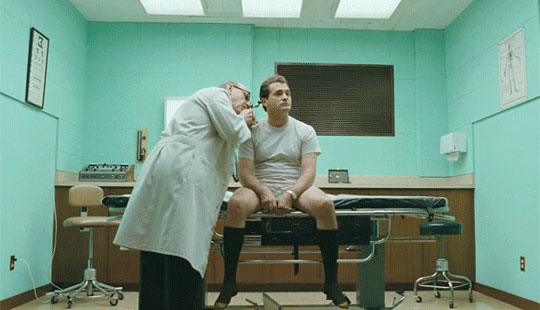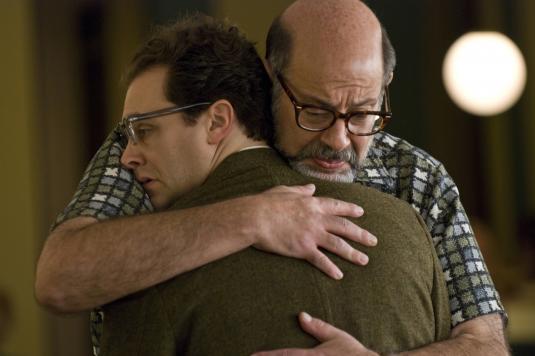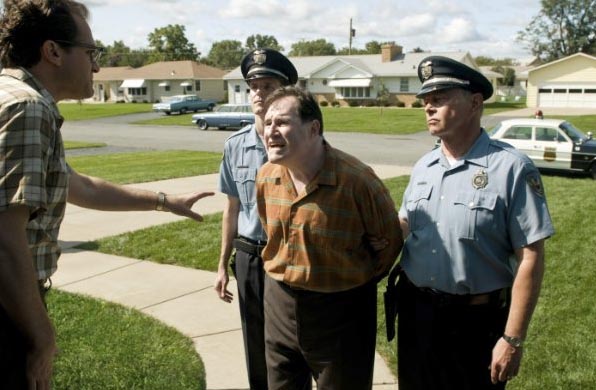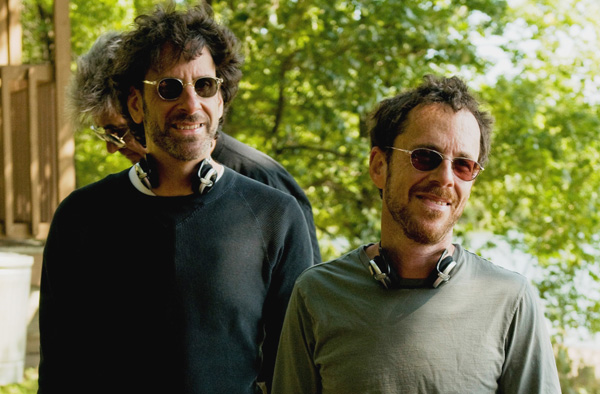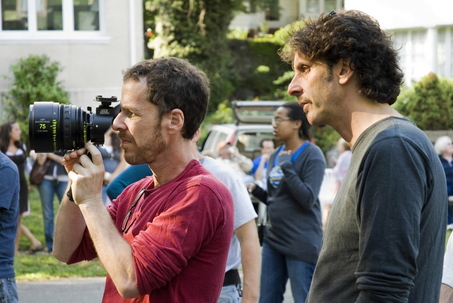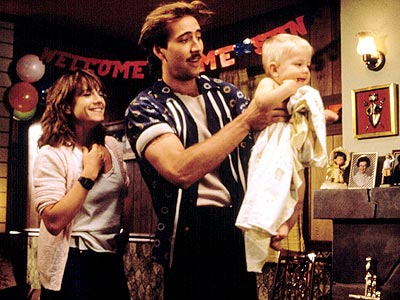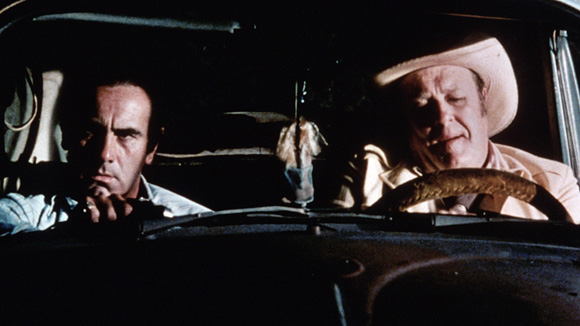 FILM
FILM In Which This Was A Spectacularly Misguided Educational Experience
 Sunday, November 8, 2009 at 12:12PM
Sunday, November 8, 2009 at 12:12PM 
Fascists In Disguise
by JACOB SUGARMAN
Every week in elementary school, my class would gather for a period ambitiously titled “ethics.” Our teacher was a gentle woman named Elizabeth with a lazy eye and a swab of frizzy, red hair. I’m sure we tackled more sophisticated exercises as we got older, but I remember spending each period doodling a scene in which a person behaved “unethically.”
Beneath our crude illustrations, we’d scribble a caption that revealed the lesson learned from the incident—sort of like a New Yorker cartoon gone horribly wrong. For a predominantly upper-middle class, Jewish student body in the early 90s, this often read something along the lines of: “never steal your classmates’ pogs” or “don’t make fun of someone for losing to Piston Honda in Mike Tyson’s Punch-Out.”

We’d present our drawings to the rest of the class and Elizabeth would beam with approval, her errant eye straightening to match the moral rectitude of her students. No matter how esoteric our messages were, the core principle of the class (and arguably the progressive, private school institution as a whole) was that we must be true to ourselves and resist the pressure of our peers.

This is an admirable lesson to instill in a preadolescent taking his first steps towards forging his own identity. After all, the alt rock on Z100 could only take us so far. But the road to perdition is paved with good intentions or, as the case may be, sheets of oak tag decorated with Crayola-colored stick figures. If I had my elementary school ethics exercise to do over again, I would have drawn a sketch of my 6th grade social studies teacher showing his class the 1981 made-for-TV movie, The Wave — the most spectacularly misguided educational video of my childhood.

For the uninitiated, The Wave is based on the real life experience of a high school class in Palo Alto, CA that, if we’re to accept the events of the movie, was transformed from a group of chipper, all Americans into militant fascists in the span of roughly three weeks. History professor Ben Ross (played by Bruce Davison, an inductee in film and television’s “that guy whose name I can never remember” hall of fame) is instructing his students on the atrocities of the Holocaust when he’s asked a question he can not easily answer: how could the Germans say they knew nothing of the concentration camps?
Hijinks ensue when Ross recruits his class for a social club called “the wave,” the symbol for which is a cross between the old Atlanta Hawks logo and ‘Inky,’ the blue ghost from the Pacman videogames. Rooted in the principles of “strength through discipline” and “strength through community,” the group develops its own nifty salute, bullies students who don’t want to join and decks the school hallways with colorful posters. If history has taught us anything, it’s that fascists love to decorate. The movie ends as Professor Ross gathers the group into the school auditorium for a video message from their new political leader—a certain fascist dictator with a Charlie Chaplin moustache. In one fell swoop, professor Ross exposes his class for the totalitarian thugs they’ve become. Let’s just say a lot of David Cassidy look-alikes and a chick named ‘Cheryl’ with a bodacious perm are left feeling punked.

As a 12-year-old, the only lesson from this movie that truly resonated was that redheads are hopeless, social outcasts with an untapped wealth of violent rage (for real life examples, see Lambert, Molly). One of the wave’s principal leaders is a ginger-haired loser named ‘Robert’ whose mere presence, by the laws of suburban, high school drama, makes his classmates lose their appetite and seek other tables in the cafeteria. He (completely understandably) bursts into tears when Professor Ross exposes the wave as a hoax, spelling his return to the role of class whipping boy. Our school’s mission of ethics prevented us from teasing our red-haired peers, but ‘Robert’ provided a sterling reminder that they were fundamentally icky.
Fourteen years later, The Wave and the way its message was co-opted by my school seem far more insidious. That the dangers of fascism can be reduced to an after-school special is offensive or sort of amusing depending on your angle of viewing. As a 12 year-old, it’s a little difficult to wrap your head around the horrors of National Socialism when they’re presented in what amounts to a glorified episode of Beverly Hills 90210 (although I think we can agree that Ian Ziering would have made a fabulous member of a modern-day Hitler youth movement). How can you not giggle when ‘David,’ the school jock tells his girlfriend, ‘Laurie,’ to “stop writing those articles and keep your mouth shut about the wave!” Really, Laurie, what’s your damage?
Ultimately, The Wave is just a clumsy morality tale disguised as a history lesson: always follow the beat of your own drum and never succumb to the will of the group, be they a gang of German fascists or a posse of preppy white kids with side parts and cable sweaters. How an institution devoted to fine-tuning its students’ moral compass can couch the brutality of the holocaust in a fable about the importance of being yourself is less explicable.
Jacob Sugarman is the senior contributor to This Recording. He last wrote in these pages about A Serious Man.

"I Felt The Chill Before The Winter Came" - Elvis Costello (mp3)
"My All Time Doll" - Elvis Costello (mp3)
"How Deep Is The Red?" - Elvis Costello (mp3)
"Red Cotton" - Elvis Costello (mp3)

 jacob sugarman,
jacob sugarman,  the wave
the wave 





























